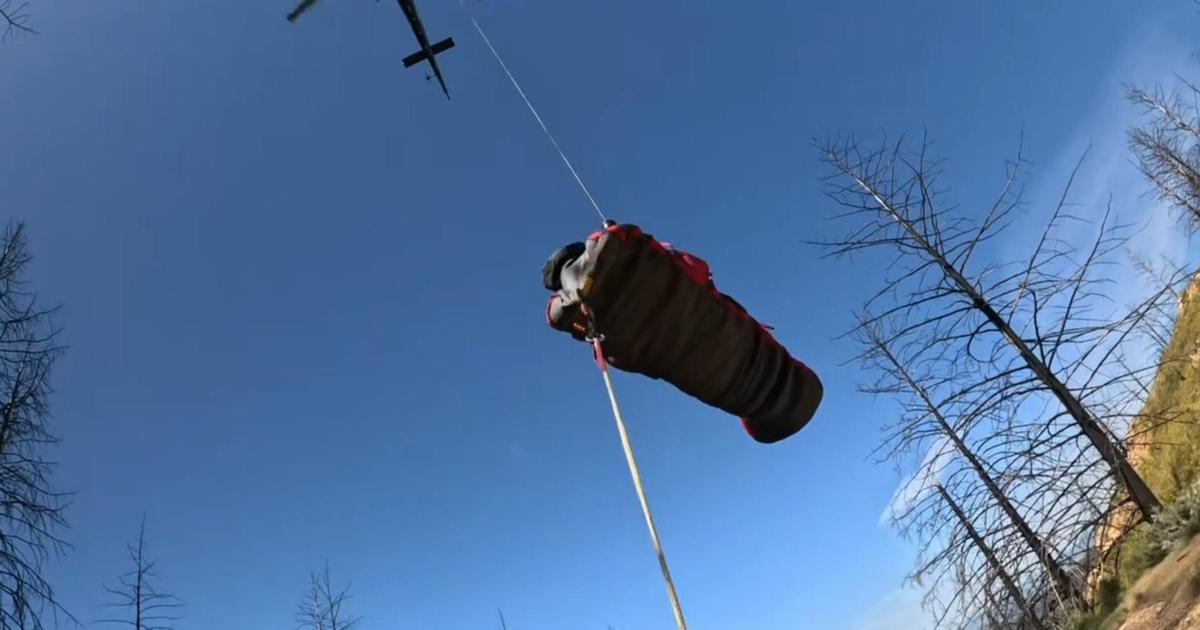Is There Such A Thing As Earthquake Weather?
KPIX 5 Morning Weather Anchor Roberta Gonzales answers the questions you never get to ask on-air.
Oh don't get me started. There is NO such thing as "Earthquake Weather"!
Yes, it was hot and humid on Monday. Yes, we have a change in our weather today. NO, there is no correlation between the weather and the atmosphere and the Earth. I mean think about it. How could moist air (high humidity) affect the crust or core of the Earth? It certainly cannot penetrate the surface of the Earth.
So how do earthquakes occur? An earthquake is caused by a sudden slip on a fault. The earth's tectonic plates constantly move, but they can get stuck at their edges due to friction. When the stress on the edge of a tectonic plate overcomes the friction, there is an earthquake that releases energy in waves that travel through the earth's crust and cause the shaking that we feel.
As a native Californian, I have either felt or reported on all major earthquakes in our state. From the Loma Prieta Earthquake in 1989 (6.9) to the Landers Earthquake in 1992 (7.3), Northridge Earthquake 1994 (6.7) and of course the Napa Earthquake 2014 (6.0). Each earthquake had distinctly different weather conditions. From the blazing, dry heat of the Landers Earthquake in the Mojave Desert to the early morning Napa Quake which reach a seasonal high of 83 degrees later in the day.
While reporting on such large quakes, I have learned this along the way. In California, there are two plates. There is the Pacific Plate and the North American Plate. The Pacific Plate consists of most of the Pacific Ocean floor, and also includes Baja California and the California coastline. The North American Plate includes most of the North American continent, including the inland areas of California, as well as parts of the Atlantic and Arctic Oceans' floors. The primary boundary between these two plates is the San Andreas Fault.
Keep in mind, the San Andreas Fault is more than 800 miles long and extends to depths of at least 10 miles. That's big! Many other smaller faults like the Hayward (which produced this morning's 4.0 quake in near Fremont) and the San Jacinto (Southern California) join with the San Andreas to form the San Andreas Fault ZONE. The Pacific Plate slowly grinds northwestward past the North American Plate at a rate of about TWO inches per year.
All scientists and geologists I have met or interviewed all say there is absolutely no connection between weather and earthquakes. I agree. Earthquakes originate miles underground, while weather (wind, precipitation, temperature, and barometric pressure changes) affect only the surface and shallow subsurface of the Earth.
Earthquakes happen at depths deep within the earth and out of the reach of the weather. The USGS estimates we experience several millions earthquakes worldwide every year! And these earthquakes occur in all types of weather, in all climate zones, in all seasons of the year, and at any time of day or night!
So I believe, there is NO such thing as Earthquake Weather. What are YOUR thoughts?
I would love to hear from you at Gonzales@kpix.cbs.com.



